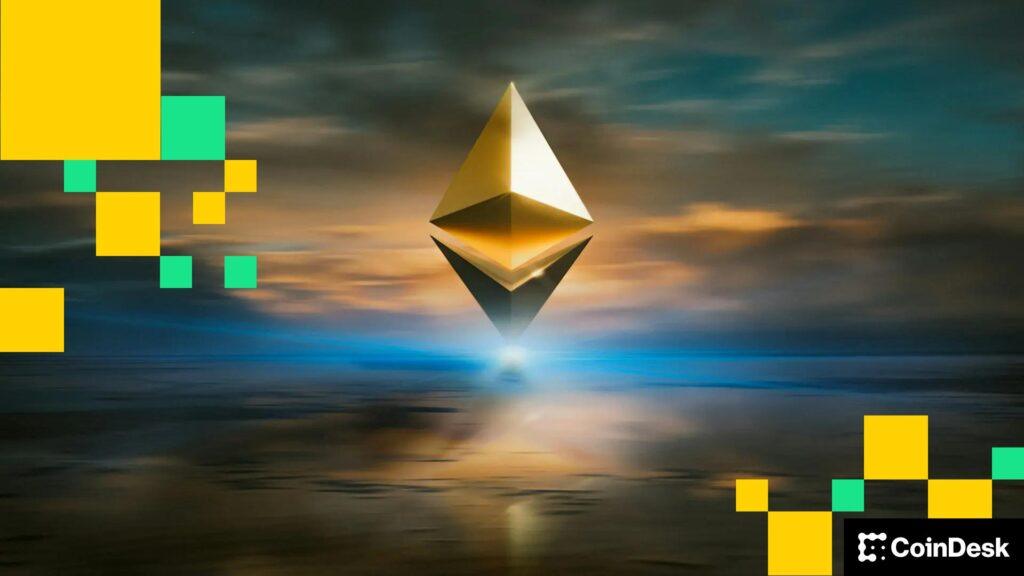Ethereum developers are preparing for the second important update of the network this year, known as Fusaka, which will be launched at the end of November or early December, waiting for the final results of the test network.
Fusaka, a combination of Fulu and Osaka names, consists of two simultaneous updates of the consensus and execution layers of Ethereum, respectively.
The update focuses on making the Ethereum block chain more scalable and efficient, and should benefit the institutions and users, since transaction costs in accumulated networks should fall further, while operating nodes should become less cumbersome and expensive for newcomers who seek to execute nodes.
Fusaka includes 12 important code changes, or proposals for improvement of Ethereum (EIP), which together aimed to increase data capacity, reduce costs and expedite validation operations.
One of the most important additions is EIP-7594, or Peerdas (Peer Data Availability Sampling), a system that allows Ethereum to verify the availability of data showing small parts of them instead of downloading everything. This change allows the network to handle many more accumulated data (“Blobs”) by block, racing the path for cheaper layer 2 transactions and higher performance without compromising decentralization.
Fusaka could facilitate that newcomers or smaller players operate in Ethereum, instead of reducing costs for those who already execute large fleets of validators. The efficiency changes of the update mean that the entities that execute only a few validators, or none, could be easier and consume less resources to initiate or maintain nodes. However, institutions with extensive nodes operations, such as participation groups, will not see large cost savings.
Vaneck, an outstanding asset administrator, has said that Fusaka will be important for users, arguing that he will reduce the costs of accumulations and make Ethereum more efficient for big players. Because the validators will not have to download each data in their entirety (thanks to peerdas), bandwidth and storage demands decrease, which means that institutions that execute complete nodes or clusters of nodes will see lower infrastructure costs.
The firm also says that Fusaka reinforces the role of ETH as a value deposit and liquidation active, since transaction rates in the base layer can be reduced as more activity goes to accumulations, but ETH becomes more central to ensure and validate that activity.
The other 11 changes in Fusaka are lower but equally important; Things such as adjusting the way in which transaction rates are calculated, establish clearer limits in block size and add new tools for developers that make Ethereum applications run faster and work better with standard Internet security systems. Together, they make the Ethereum base layer more predictable, flexible and compatible with the main cryptography standards.
After Dencun last year and sin earlier this year, Fusaka continues the rapid cadence of Ethereum updates designed to make the network more scalable and friendly to companies.
Fusaka has already passed through a first test on October 1 and will see two additional tests on October 14 and 28, before the main developers decide to set a date for the main network.
The developers say that Fusaka will prepare the stage for additional changes in 2026, in the next Glamsterdam update. This hard bifurcation will focus on introducing the consecrated separation between proponent and builder, a change that would make the Ethereum block production process safer and more transparent.
Read more: Ethereum’s Fusaka update passes the Holesky test and approaches Mainnet




